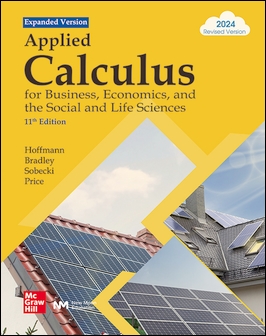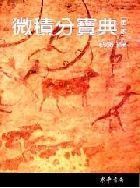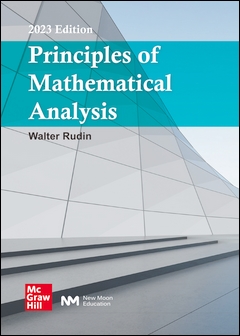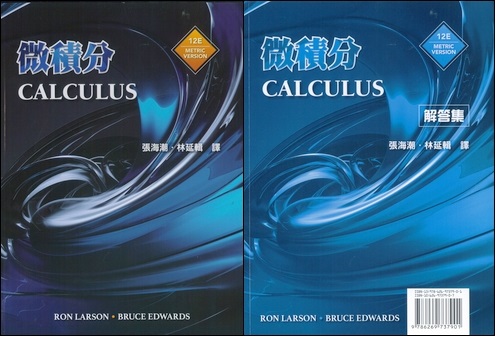書籍分類
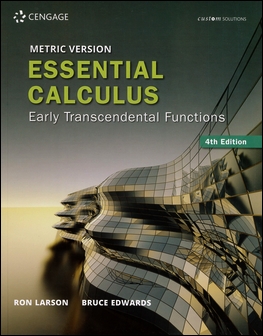
Essential Calculus: Early Transcendental Functions 4/e (Metric Version)
作者:Ron Larson, Bruce H. Edwards
原價:NT$ 1,310
ISBN:9789579282079
版次:4
年份:2018
出版商:Cengage Learning
頁數/規格:988頁/平裝彩色
版次:4
年份:2018
出版商:Cengage Learning
頁數/規格:988頁/平裝彩色
內容介紹 本書特色 目錄
- Description
Welcome to the International Metric Version of Essential Calculus: Early Transcendental Functions. For this metric version. the units of measurement used in of the examples and exercises have been changed from U.S. Customary units to metric units. We did not convert problems that are specific to the U.S. Customary units, such as dimensions of a baseball field or U.S. postal rates. We are excited to offer you a new edition with even more resources that will help you understand and master calculus.



